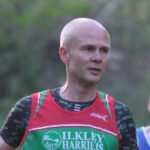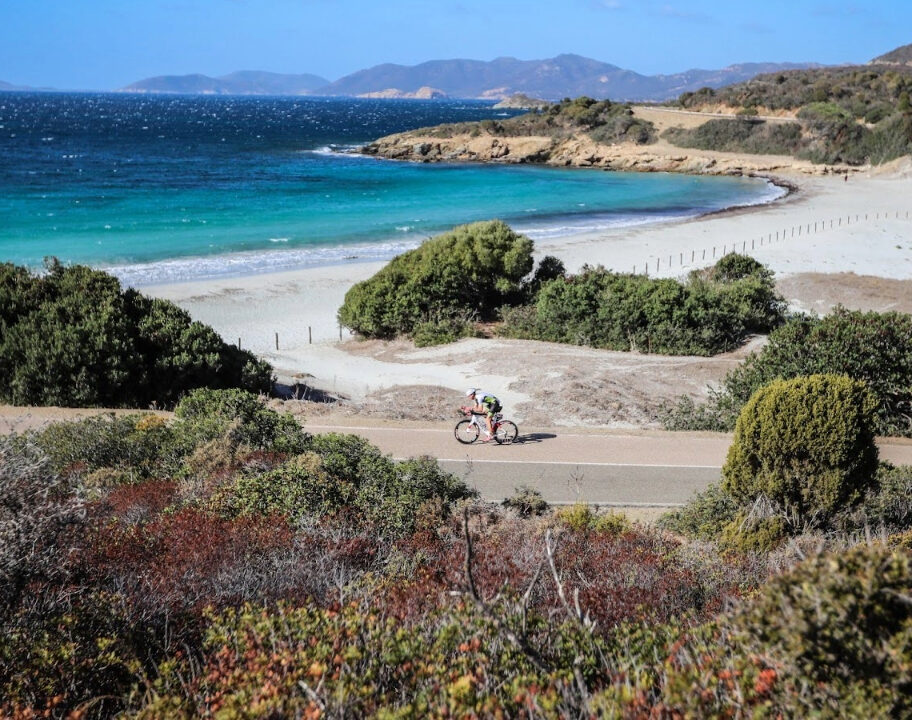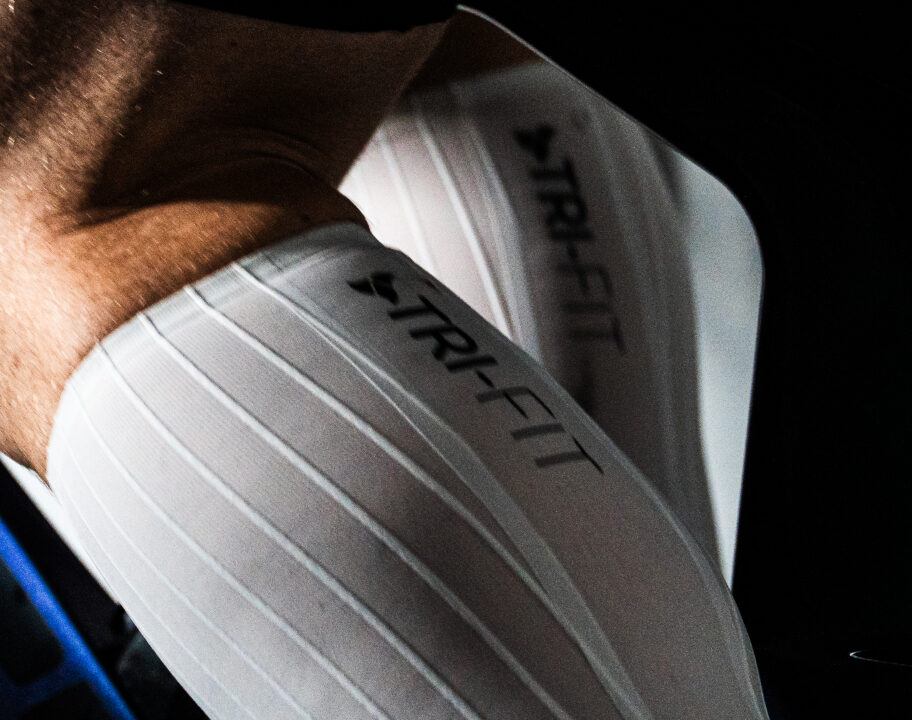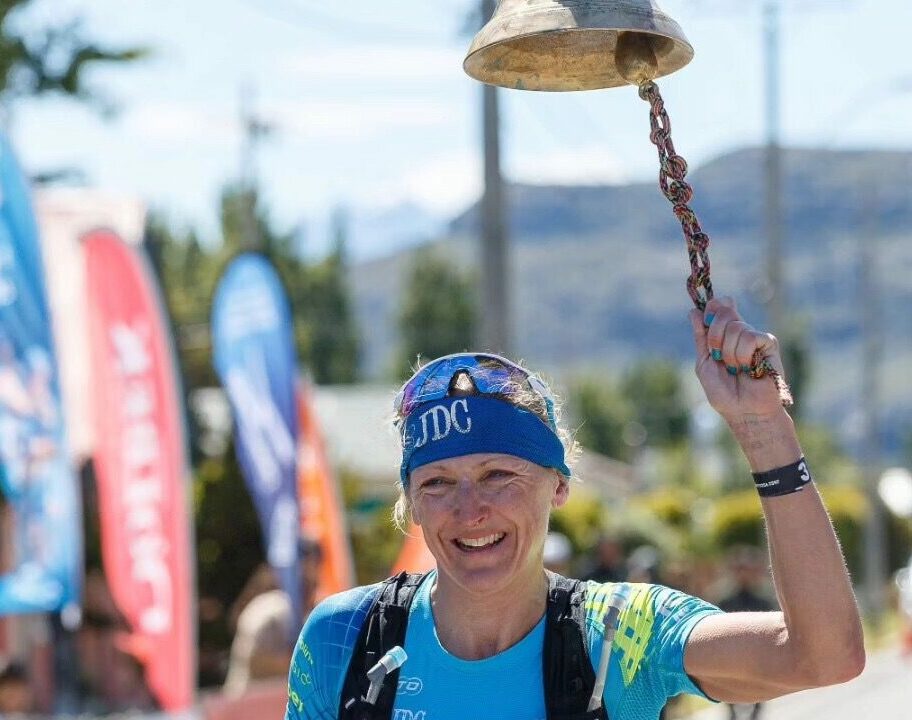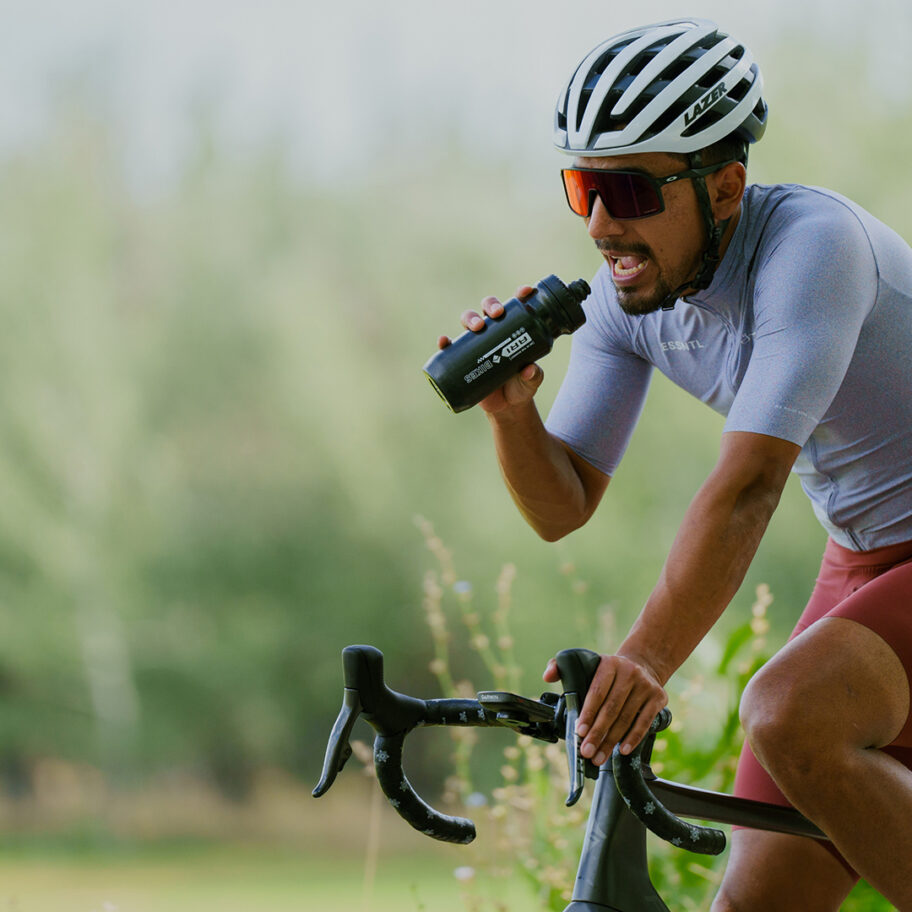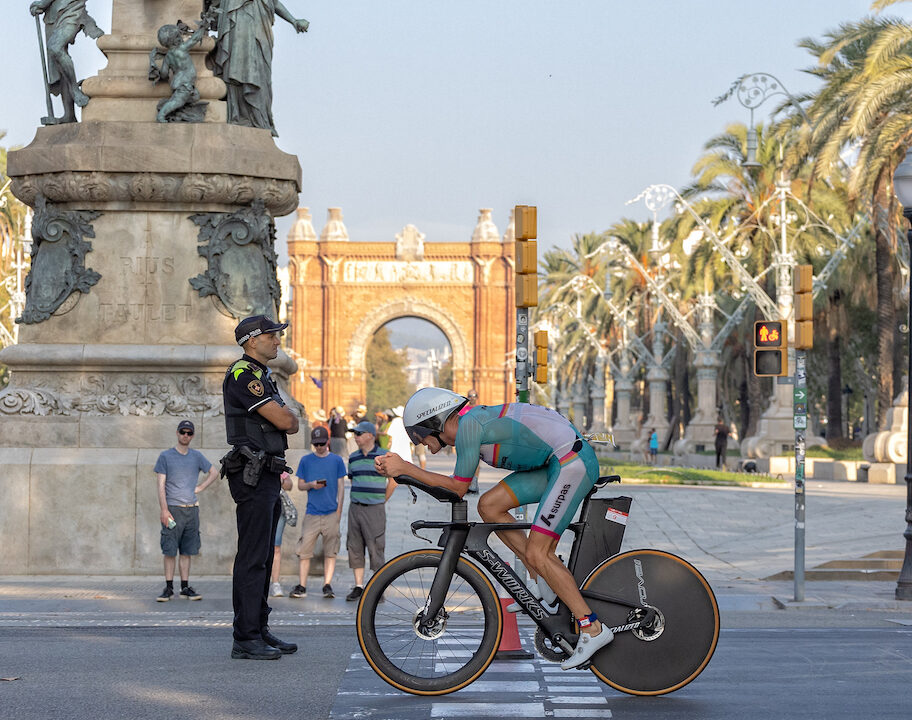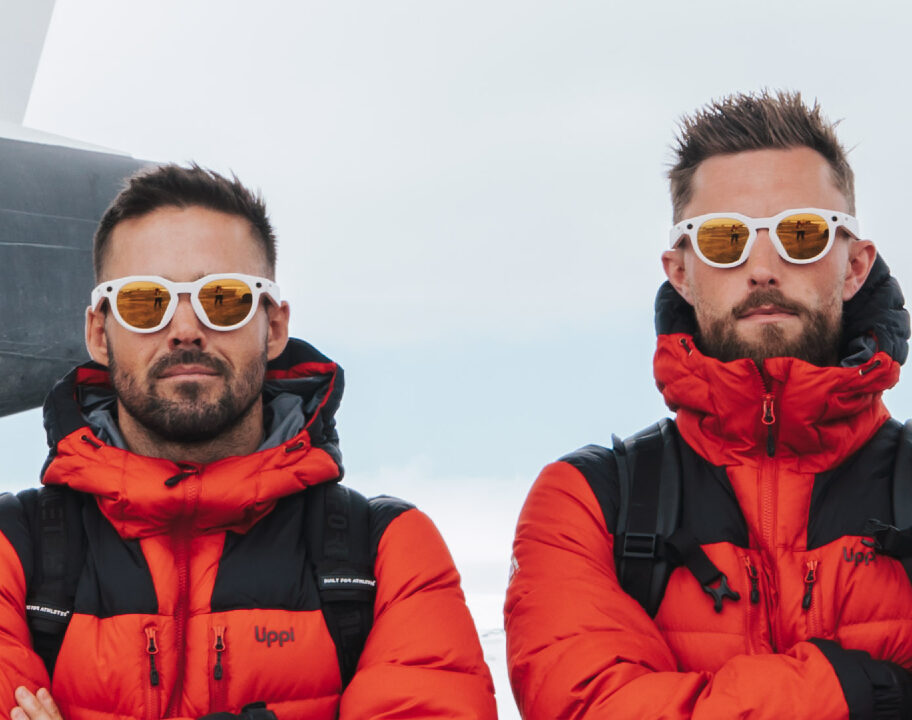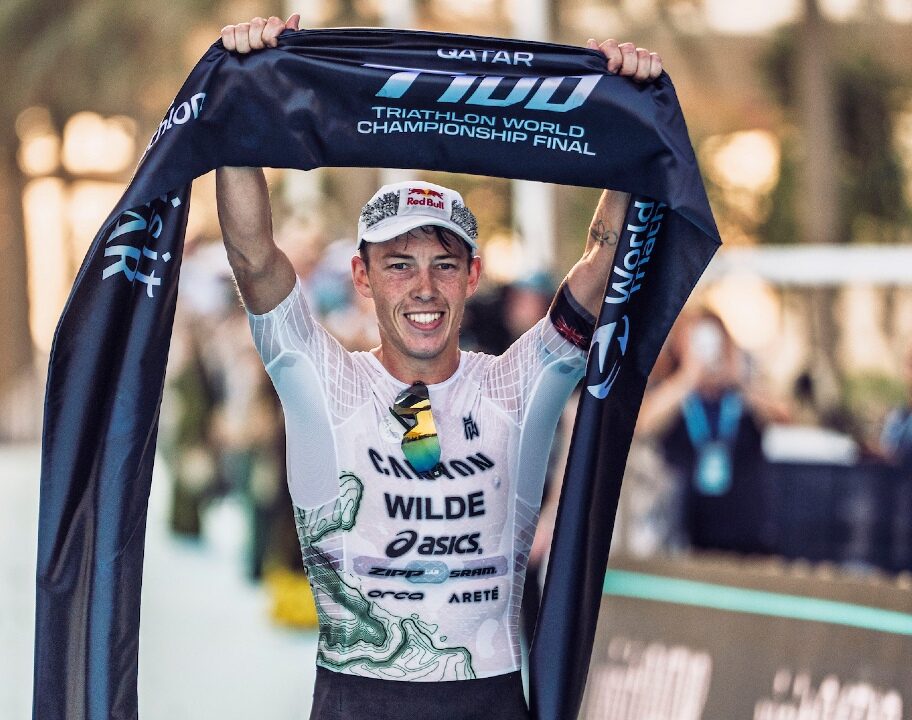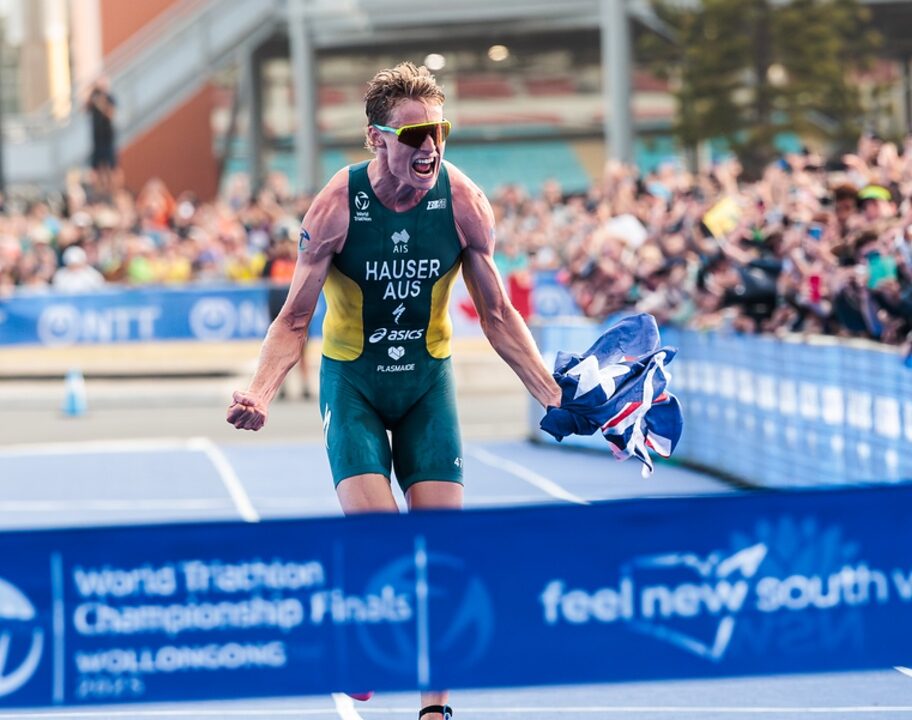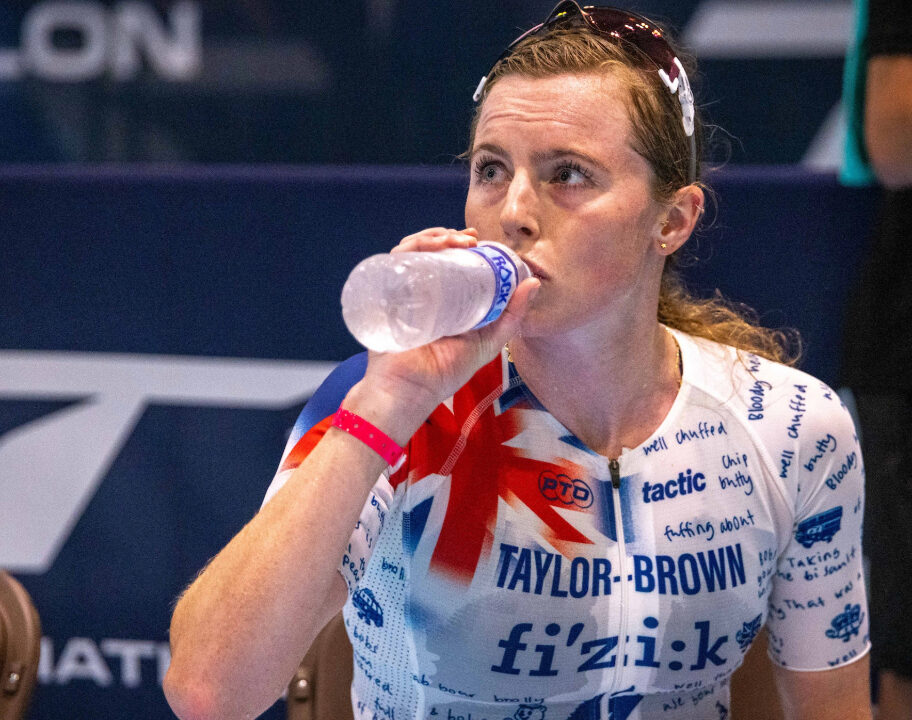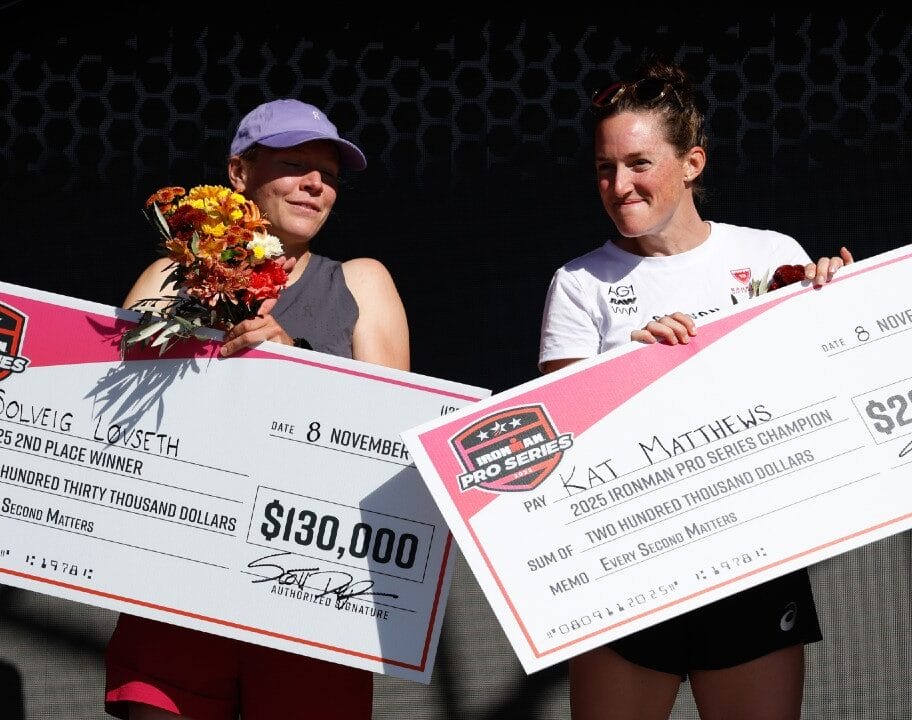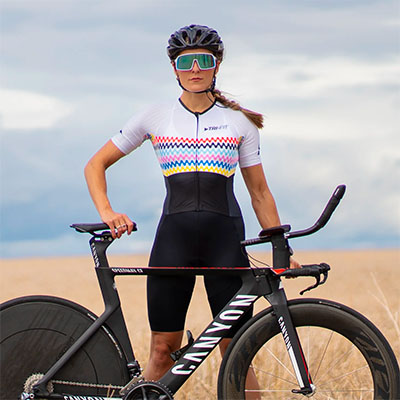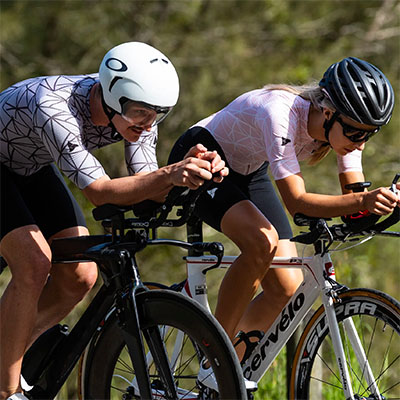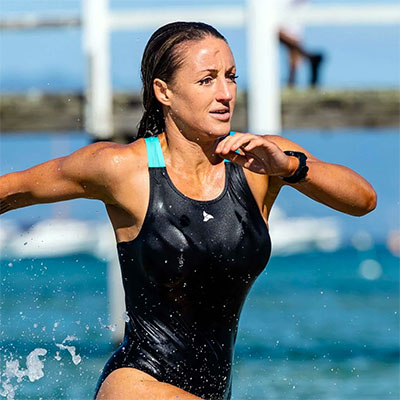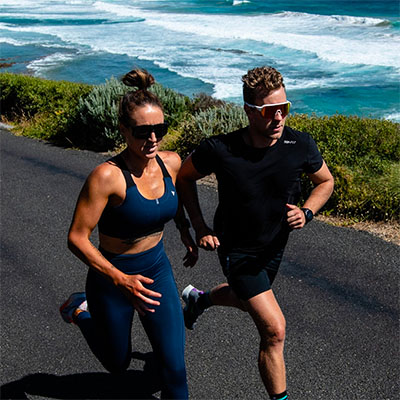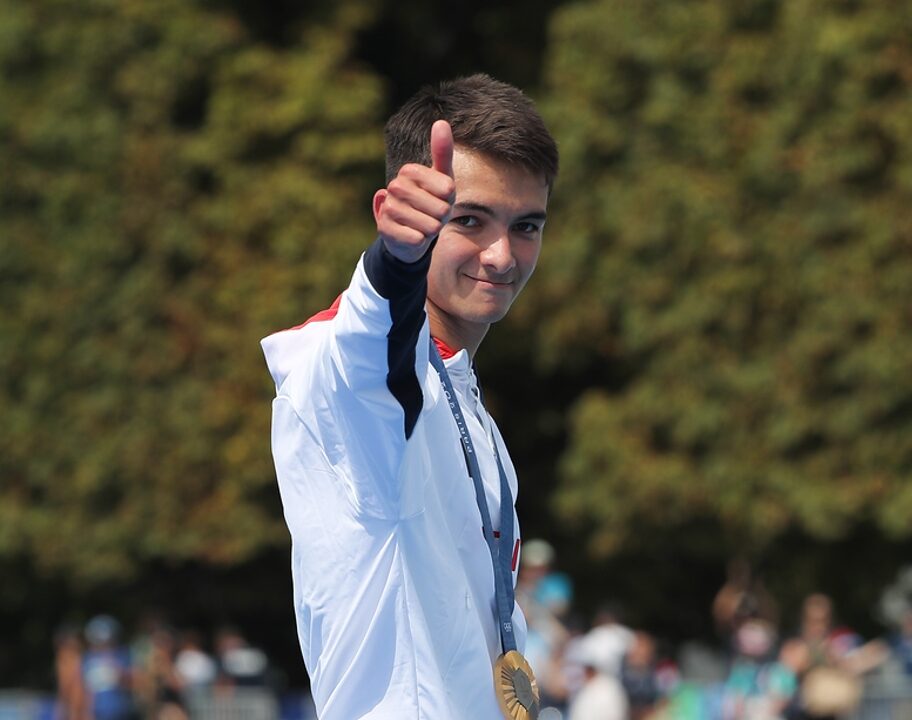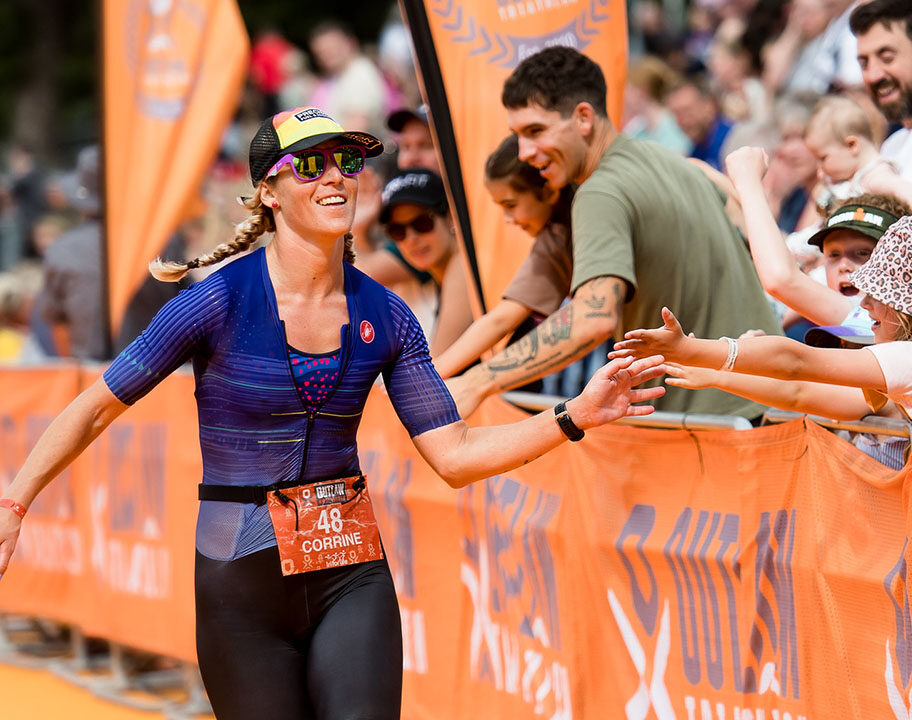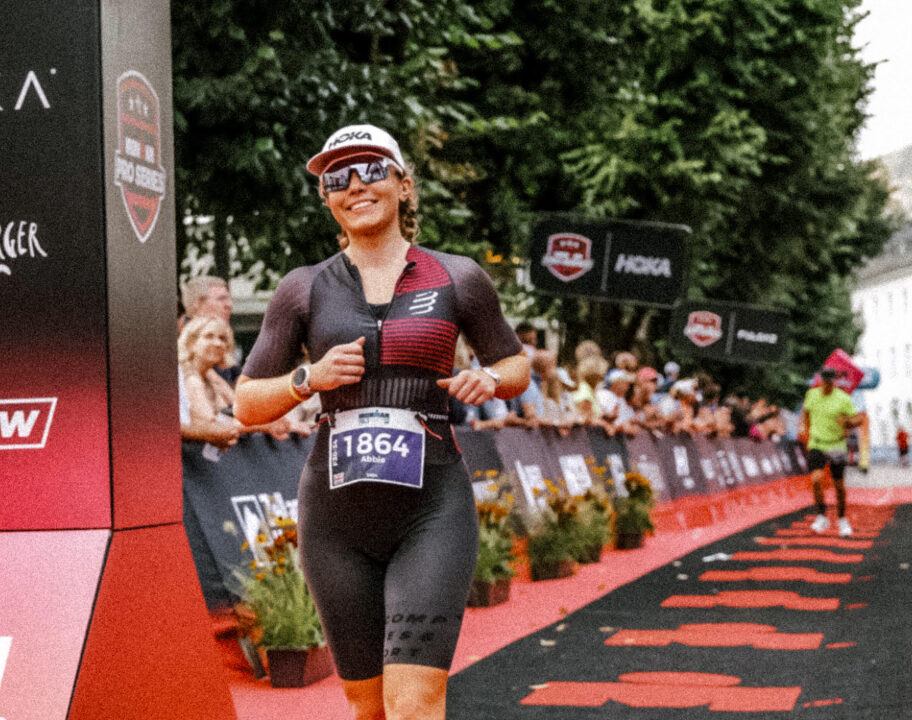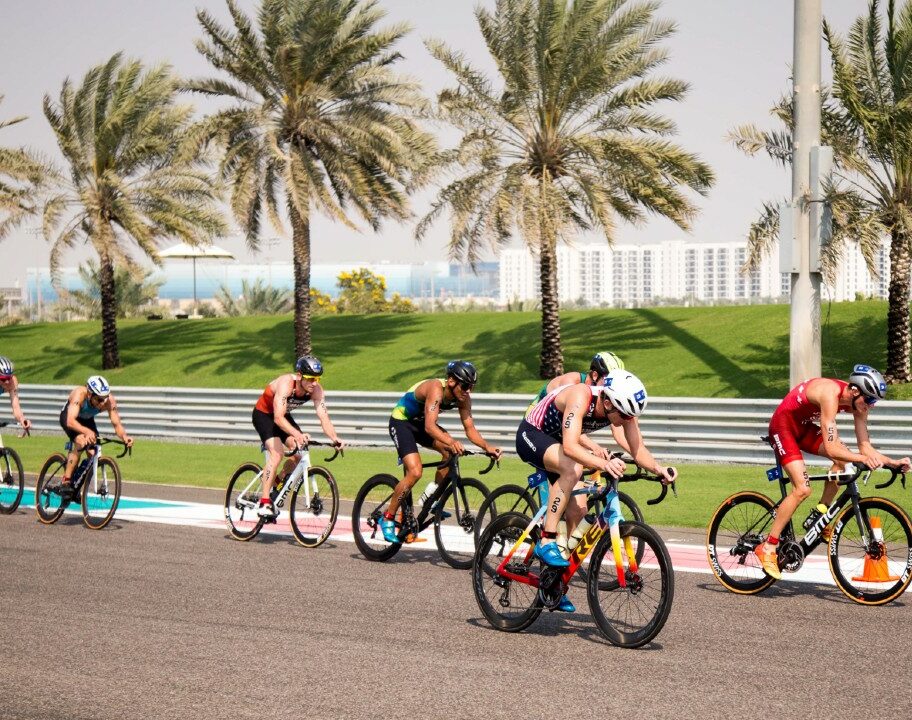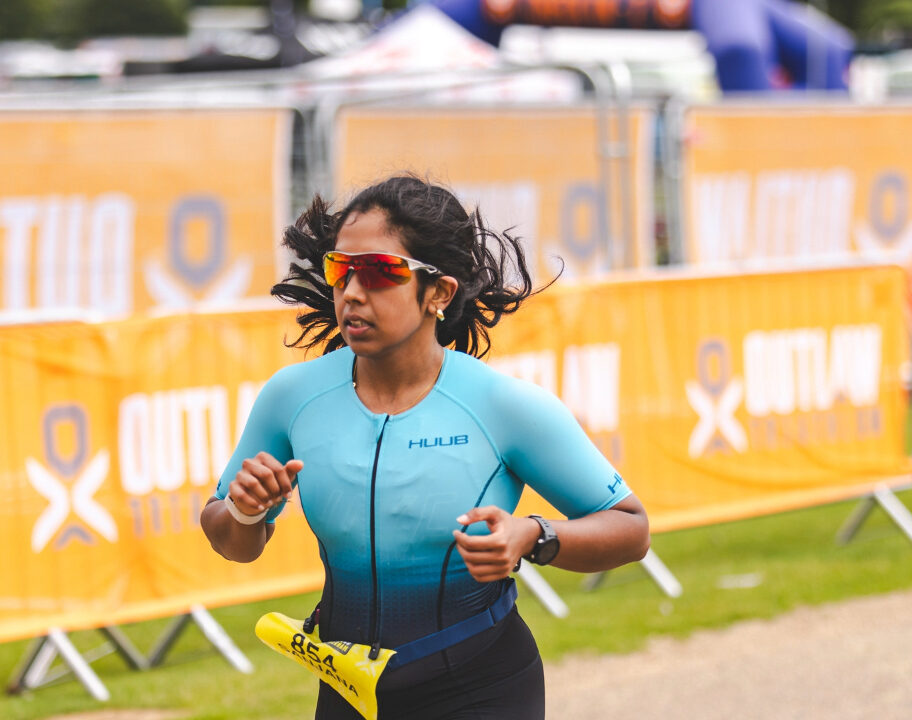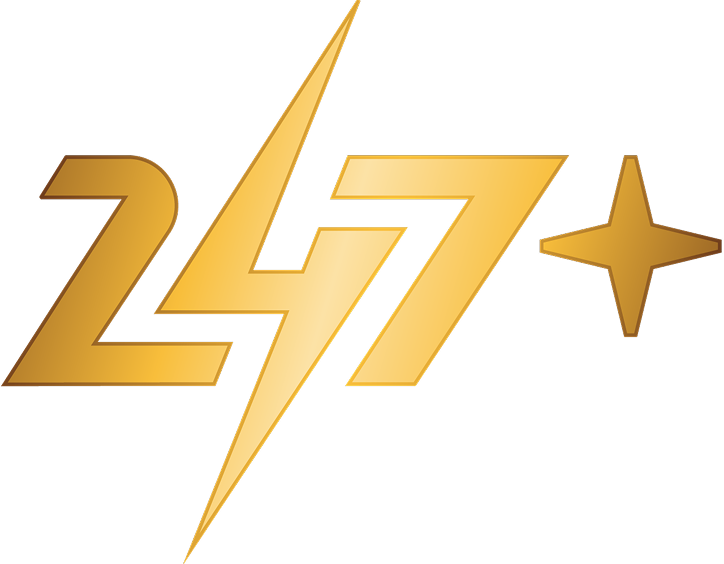How to peak for St George and Kona. For the new PTO events and the Collins Cup. For Sub7Sub8. And many more huge events as well.
That’s the challenge facing the world’s best long-distance triathletes and their coaches this year.
For Dan Lorang, who looks after both current Kona champions Jan Frodeno and Anne Haug, as well as 70.3 heroine Lucy Charles-Barclay and others, it’s all about teamwork. Though he’s also keen to stress the importance of taking a step back and looking at the wider picture for the athletes.
Good to talk
During an exclusive and in-depth January interview he told us: “It’s good for the sport to have this diversity and different competitions. But it makes it more and more complicated to plan. And to peaking at the right moment – and also to prevent athletes from getting injuries.
“That is also a point. And what is sometimes a little bit of a concern is that nobody really talks about it. We discuss exciting competitions and say the best ones should be here, and they should be there.”
At TRI247 we’re probably also guilty of relishing the embarrassment of riches in prospect over the coming year – so now is a good time to reflect on Lorang’s informed perspective.
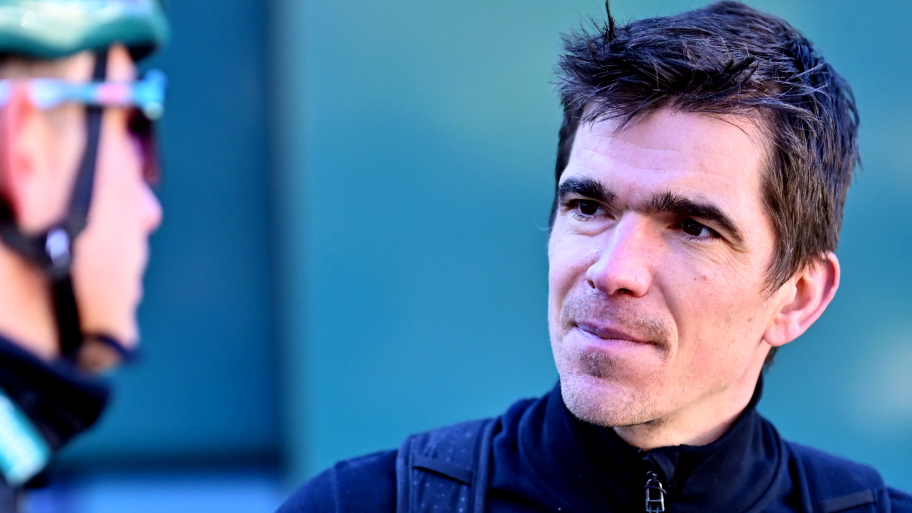
He explains: “It’s the job of a coach to at least to mention this to the athletes.
“So, while we can do that race or this one, where there might be very good money, I always ask first, what is the main goal?
“And if we’re doing something which speaks against your main goal then I would raise the hand and say ‘hey wait, you want to get to be world champion? So even if you can win 50,000 Euros there, it doesn’t matter. If you’re doing the other race perhaps it’s not good’.
“Ultimately it’s the athlete’s decision, they will decide in the end, but at least we should talk about it and what the consequences could be.
“It does make it a little bit more challenging and it’s not so clear anymore the way to go. That’s why I set my points in the training schedule and say this is what we need – and then we discuss the different competitions.”
And words like ‘discuss’ are so important here.
Complete clarity from Frodeno
Taking Jan Frodeno as an example, Lorang adds: “Jan is quite clear. He’s always: ‘that is my goal and it doesn’t matter if I have to do this other competition or not. If you say this is the right one, I will do it. And if not, we’re gonna train.’
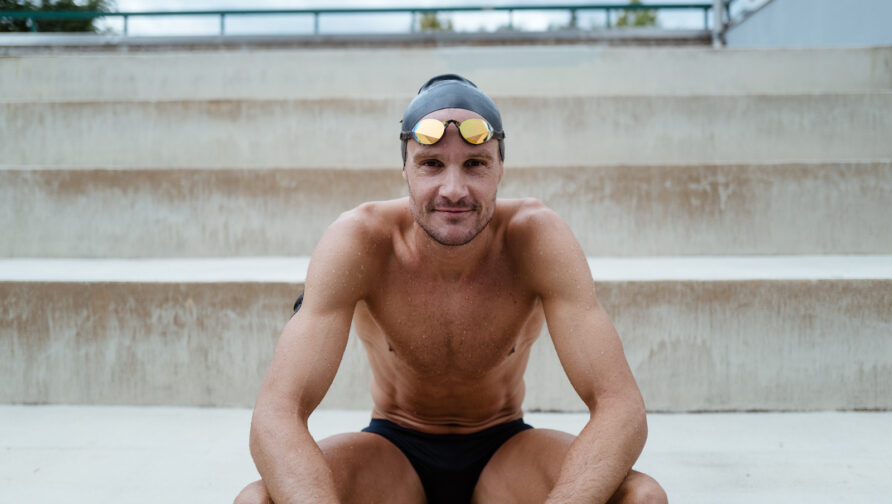
“That makes it really easy in these terms to work with Jan, because he’s really focussed on the big goals, there’s no drift at all left and right.”
And whatever the level of athlete, peaking for those big goals is a challenge in itself.
Lorang adds: “Here we have to make a distinction between the physiology peaking and the mental peaking. To be ready on the day you need a mental peaking and you cannot always repeat it. There’s a limit per year that you can really be at 100%.
“From a physiology point of view I’d say three peaks are possible in a year but it’s not one competition but a period. So there could be three periods in the year where you are ready to be at your highest level. And these periods could last from one to three weeks.
“So that’s why you sometimes see athletes doing two competitions in three weeks because they are at a good level. And they want to use this. Perhaps if you don’t hit it the first time, you might do so the second time. So it is possible.
Don’t underestimate mental challenge
“But also mentally you have to fix your goals and say this is my A, my B and my C competition. And everyone’s a little bit different.
“So my favourite is to have two long-distance peaks in the year, that is where I’ve had my best experiences.
“With three times it can work but you have to be quite careful also, because of injuries and you have less rest and recoveries between the competitions. So it’s a little bit harder to plan it. But again, it’s possible.”
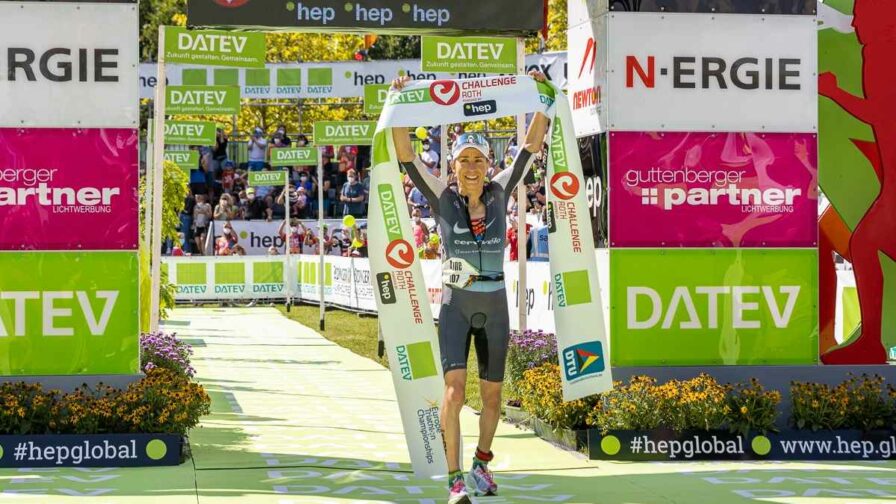
Of course, not all athletes are the same, as Lorang points out: “Take Anne and Jan, when we come to training and how we approach that I would say the biggest difference is that Jan is more scientifically based – he’s more about numbers – about scientific methods – whereas for Anne it’s more about feeling.
“So if you tell her to go at 220 watts she will do that, but it’s not what she likes. She likes more to say okay, let’s go medium, go hard, go easy. She definitely likes to train more to feel something, to really feel it hurts a little bit.
“Jan also listens really well his body, but he is also based on numbers. So if you give him a plan in training he will stick to this range of numbers and training zones and he’s very interested in that. So that is probably the big difference but for everything else they both love what they are doing, they are both completely committed to their sport.”
Dan Lorang TRI247 Interview

